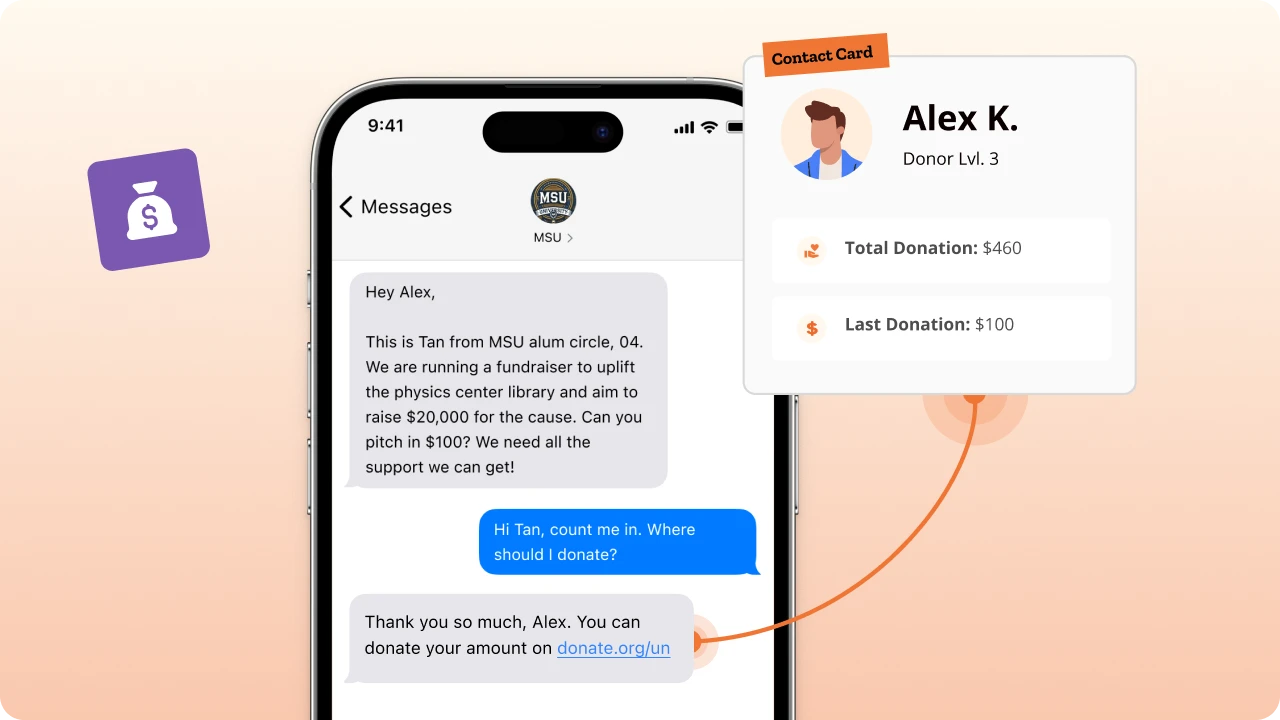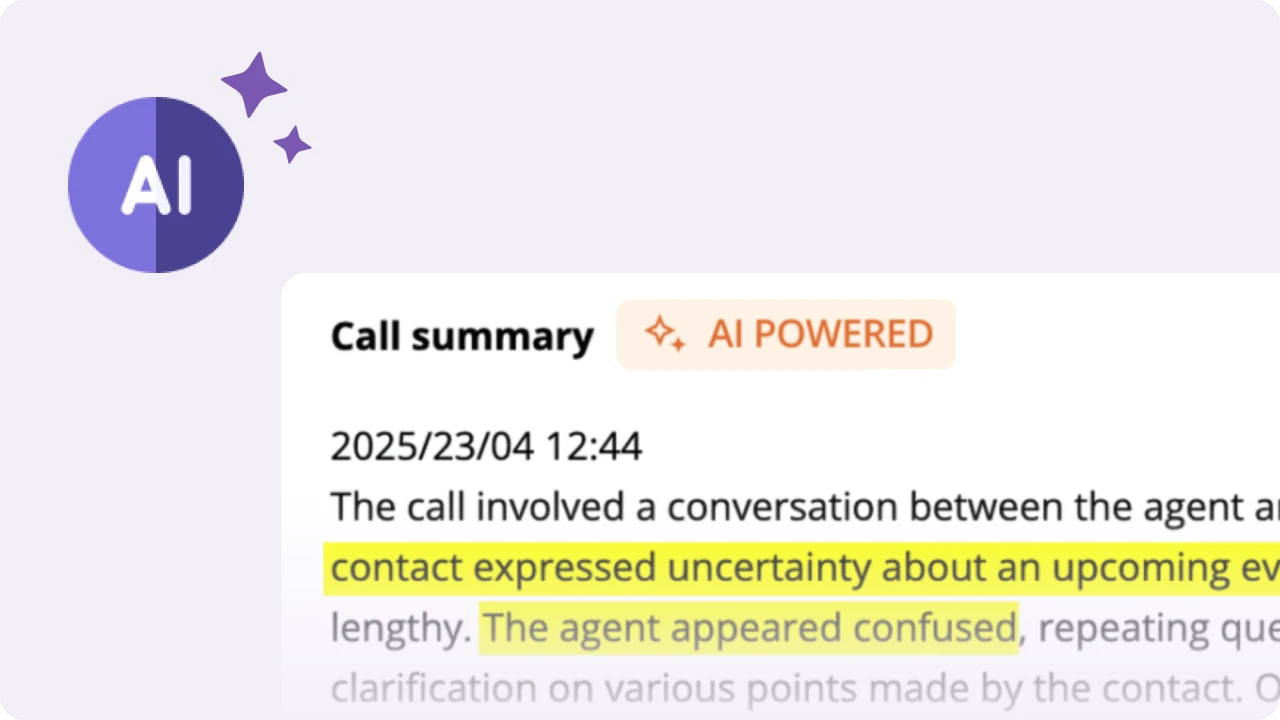Table of Contents
In tomorrow’s digital environment, every second and every click will play a decisive role when it comes to influence. Especially when it comes to social change. Advocacy teams are therefore facing new challenges. They not only need to create powerful messages, but also deliver them quickly, effectively, and at scale. However, behind the scenes of successful campaigns, it’s not just strategy that matters. Day-to-day technical habits also have a significant impact on productivity.
That is why the article below focuses on simple but extremely effective technical habits that help advocacy teams work in a more focused and effective way. So, let’s focus on digital hygiene and routine automation. We’ll also look at optimizing team communication and other aspects that are strategically significant for campaigns that want to make a real impact.
Simple tech habits for smart advocacy teams
- Regular updates
- Digital noise minimization
- Password manager
- Mobile space organization
Update your systems and applications regularly
This will keep your data safe and your applications running smoothly.
- Security above all
Update your operating systems and applications. That way, you will not only add new features, but also close potential vulnerabilities in a timely manner.
- Stable program performance
Outdated versions often conflict with other services. They can also cause errors. With regular updates, you increase the chances of the programs you need running smoothly.
- Automatic updates
Set up automatic updates. This way, you can avoid manual intervention and save valuable time.
Minimize digital noise
In an environment where dozens of files, notifications, and messages arrive every day, it is critical that you can quickly separate the truly important information from the clutter. Use the practical steps below to stay focused and organized in your digital space.
- Delete unnecessary notifications
Keep only those alerts that are relevant to your advocacy work.
- Clean up your email
Use labels and filters to sort your incoming messages.
- Standardize files and documents
Create a single structure for storing documents in a cloud service.
Use password managers
Passwords remain the key to most of an advocacy team’s digital resources. However, if you store them incorrectly, you risk security and, consequently, efficiency. Password managers help you centrally manage access and avoid common problems.
- Store data securely
Store passwords in one place using encryption.
- Protect team access
Share passwords with colleagues without risk of leakage.
- Quick access to accounts
You will no longer need to spend time restoring access.
Organize your mobile space
Before diving deeper into other technical practices, do not forget about such a critical aspect of everyday work as digital clutter on mobile devices.
Advocacy work involves constantly working with large amounts of content. This can include photos, videos, and presentation documents. If you actively use your smartphone as a work tool, there is a real risk of quickly filling up your memory with duplicate media files. This is especially true for photos.
It is important here not to let this process get out of hand until there are too many duplicates. Especially since there is a simple and effective way for iPhone users to clean their phones of doubles. This will help free up memory and tidy things up. As a result, you will increase the productivity of your mobile work in particular and your overall productivity in general.
Time savings through automation
- Workflow setup
- Responses to common requests
- Content planning
Set up workflows
By automating routine tasks, advocacy teams can focus on strategic goals. That means no time wasted on repetitive actions.
- Zapier or Make (formerly Integromat)
With these tools, you can automatically transfer contacts, send emails, or create events.
- IFTTT
This is useful for personal automation. For example, archiving tweets in Google Sheets.
- Unload your operational routine
Get rid of repetitive tasks.
Responses to typical requests
Advocacy teams receive dozens of similar requests every day. Responding to them effectively is a matter of both image and resource conservation. Therefore, use tools that allow you to automate such processes without losing the quality of communication.
- Chatbots in Messenger or WhatsApp for initial communication.
- Response templates in Gmail or Outlook.
- Using autoresponder systems to quickly and meaningfully text back.
- Automatic sorting of inquiries
Use CRM systems to filter important messages.
Plan your content
If you want your advocacy messages to be consistent and influential, have a clear content plan that is aligned with your overall campaign strategy. Use solutions that help systematize this process and make it measurable.
- Buffer. Hootsuite. Later
These allow you to plan your social media posts in advance.
- Alignment with the campaign
Remember that every post is part of a larger strategy.
- Ability to analyze effectiveness
Compare reach, reactions, and frequency of interactions.
Effective teamwork is made possible by tools
- Collaboration
- Centralized communication
- Online boards. Visual tools
Collaborate on documents
When several people are working on the same project, coordinating edits and other versions without the right tools can quickly turn into chaos. Modern collaboration platforms allow you to coordinate your team’s efforts without unnecessary delays and misunderstandings.
- Google Workspace or Microsoft 365
With these tools, several people can work on the same document at the same time.
- Version control
Track changes. Be able to revert to a previous version of a document.
- Comments instead of email
Save time discussing changes without sending emails.
Centralized communication
Fragmented conversations in messengers and email reduce the effectiveness of team interaction. By using specialized platforms for internal communication, you can maintain focus and speed of information exchange.
- Slack. Microsoft Teams. Mattermost
Choose a platform that makes it easy for you to group conversations by topic, channel, or project.
- Avoid distraction
Create separate accounts. Keep your personal and professional lives separate.
- Smart notifications
Enable notifications only for key channels.
Online boards. Visual tools
To give everyone on your team a complete picture, use tools that combine task management and idea visualization. This will not only increase transparency, but also enable more flexible planning and decision-making.
- Miro or Fig Jam
For remote idea visualization and brainstorming.
- Trello. Asana. Notion
These will help you structure projects, tasks, and deadlines.
- Process transparency
Every team member can see what stage the work is at.
Working from anywhere. Productive mobility
- Mobile apps for advocacy
- Cloud storage
- Smart media organization
Mobile apps for advocacy
When a team needs to respond quickly, mobile tools are the way to go when it comes to rapid communication with the public. Modern platforms allow you to organize campaigns, send messages, and track effectiveness right from your smartphone.
- CallHub. Mobile communication with supporters.
It offers a powerful suite of mobile-first advocacy solutions. From sending targeted messages to tracking engagement in real time. With it, teams can organize and run entire campaigns directly from their smartphones. Team members can:
- manage contact lists,
- schedule outreach,
- monitor response rates.
All the above from one intuitive interface.
- Campaigns from your phone
Calls, SMS, push notifications — all from one platform.
- Real-time results tracking
Track the results of your advocacy team in real time.
Cloud storage
Mobile work is impossible without access to documents at any time. With reliable cloud services, you will have secure storage, synchronization, and convenient shared access to all your files.
- Google Drive. Dropbox. OneDrive
Access your files from any device.
- Real-time synchronization
Save changes automatically.
- Access rights
Control who can view or edit documents.
Smart media organization
Media files are an important resource in any advocacy campaign. However, having them in disarray can slow down your work. Structure your images and delete duplicates, as we mentioned earlier. Save photos in the optimal format to save space on your devices.
- Create separate albums for different campaigns
- Delete duplicates regularly
- Use lightweight image formats
JPEG/WEBP instead of PNG will save space.
Analytics. Data-driven decision making
- Web analytics
- CRM systems
- Reporting
Web analytics
To increase your online influence, it is vital to understand how users behave on your website. Analytics tools enable you to optimize content and evaluate the effectiveness of calls to action. Also, to test hypotheses based on real data.
- Google Analytics. Matomo. Hotjar
- User behavior data
That is, which pages they read and where they spend the most time.
- A/B testing of call-to-action pages. That is, CTA.
CRM systems for advocacy
Effective communication with people starts with understanding who they are and how they interact with your campaigns.
CRM systems help you collect, analyze, and use this data. With them, you can conduct more personalized and effective advocacy.
- NationBuilder. EveryAction. Salsa Labs
- Analysis of supporter behavior
Frequency of interactions, geography, and key interests.
- Audience segmentation
It allows you to send relevant messages.
Reporting to partners and funders
Modern reporting is not just a list of actions taken. It is actually a powerful tool for communicating with donors and partners. Data visualization backed by real results will help build trust and gain further support.
CallHub’s reporting dashboard offers advocacy teams in-depth insight into outreach performance. With built-in integration to Metabase, teams can generate dynamic reports. The ones that go beyond surface-level metrics.
- Automated dashboards
Visualize key metrics using CallHub’s Metabase-powered report.
- Fact-based presentations
Not just reports, but stories of impact with numbers pulled directly from your outreach platform.
- Continuous progress monitoring
Make decisions based on objective data. Track what’s working. Adjust campaigns accordingly.
Summary
From secure password management to data-driven reporting. Smart advocacy is built not only on creativity and passion, but also on consistent technical habits. These simple practices help teams move faster and stay organized. Also, to scale their impact efficiently. Now that you have explored the strategies, take the next step. Check out more actionable guides on advocacy and outreach in the blog. Let it be your resource hub for working smarter and making change happen.
Helen Stewart
Digital strategy consultant in the areas of civic engagement and advocacy. She has extensive experience in implementing technology solutions for non-governmental organizations and social initiatives. Her writing approach combines analytics, digital hygiene, and simple tools that reinforce organizations’ strategic goals. Helen works independently, collaborating with teams at various stages of their digital development.


